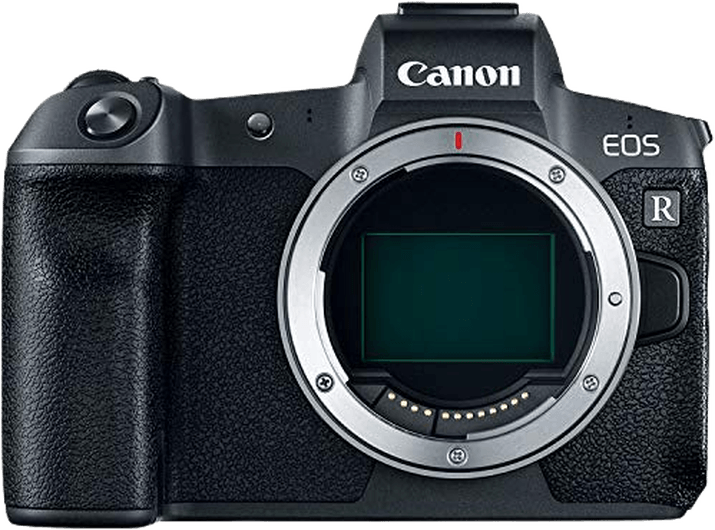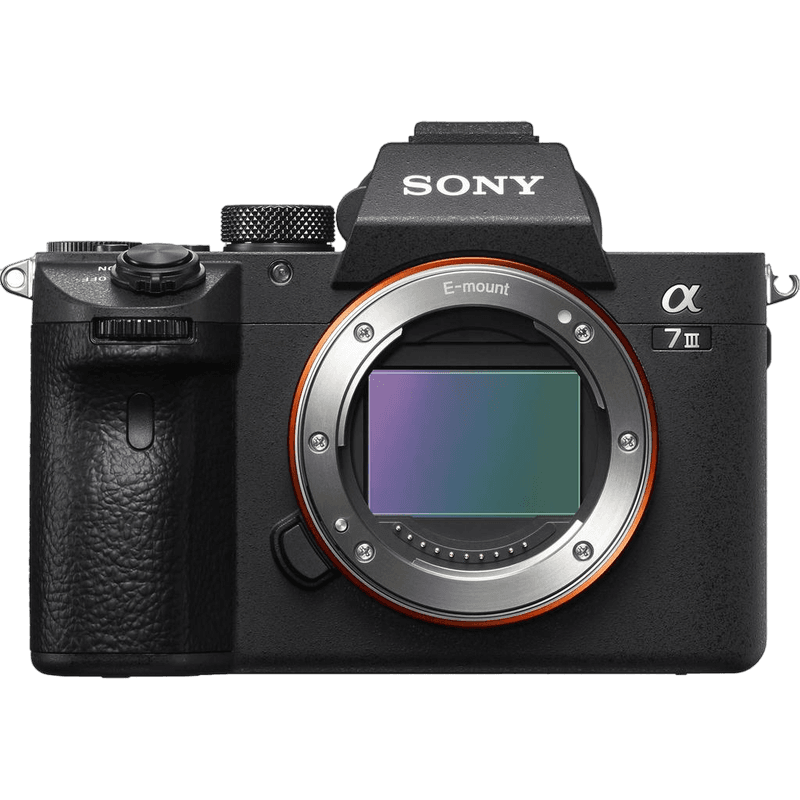Canon EOS R vs Sony a7 III Comparison
Canon EOS R

Sony a7 III

The Sony a7 III emerges as the winner with a score of 81, while the Canon EOS R trails behind at 74/100. Both cameras are mirrorless and were released in 2018, with the Canon EOS R launching at $2300 and the Sony a7 III at $2000. They share similar dimensions, but the Canon EOS R is lighter, weighing 485g compared to the Sony a7 III’s 650g.
The Sony a7 III’s higher score reveals its superior performance in various aspects, such as image quality, autofocus, and battery life. On the other hand, the Canon EOS R’s lighter weight makes it more convenient for photographers who prefer a more portable option.
Taking these factors into account, the Sony a7 III is the better choice for those seeking top-notch performance, while the Canon EOS R may suit those prioritizing portability.
Canon EOS R vs Sony a7 III Overview and Optics
The Sony a7 III outperforms the Canon EOS R in optics with a score of 81/100 compared to Canon’s 73/100. Both cameras share several specifications, such as a CMOS sensor type, full-frame sensor size, and similar shooting speeds with the Canon EOS R at 8 and the Sony a7 III at 10. However, the differences in their performance lie in other features.
The Sony a7 III has a higher DXOMARK score for the sensor at 96, compared to the Canon EOS R’s 89, indicating better overall image quality. Additionally, the Sony a7 III possesses image stabilization, which the Canon EOS R lacks. This feature helps reduce camera shake and improve image sharpness, making the Sony a7 III more suitable for handheld photography and low-light situations.
On the other hand, the Canon EOS R has a higher megapixel count at 30.3 compared to the Sony a7 III’s 24.2. This allows the Canon EOS R to capture more detail in images and provides greater flexibility for cropping and printing large photos. However, a higher megapixel count does not always guarantee better image quality, as other factors like sensor performance and image processing also play a role.
The lens mount compatibility is another factor to consider. The Canon EOS R uses the Canon RF mount, while the Sony a7 III uses the Sony FE mount. This means that each camera can only utilize lenses specifically designed for their respective mounts unless an adapter is used.
In terms of optics, the Sony a7 III has a clear advantage over the Canon EOS R, mainly due to its higher sensor score and built-in image stabilization. The Canon EOS R, though, offers a higher megapixel count for capturing more detail. Ultimately, the choice between the two cameras depends on the user’s priorities and the type of photography they plan to pursue.
Canon EOS R vs Sony a7 III Features and Benefits
The Canon EOS R outperforms the Sony a7 III in features, scoring 87/100 compared to Sony’s 81/100. Both cameras share several specifications, including touchscreen capability, flip screens, lack of GPS, and connectivity options such as WIFI and Bluetooth.
The Canon EOS R excels in its screen size and resolution. With a 3.2-inch screen and a resolution of 2,100,000 dots, it provides a larger and sharper display than the Sony a7 III’s 3-inch screen and 921,600-dot resolution. This advantage allows for improved image preview and menu navigation, enhancing the user experience.
While the Sony a7 III has a lower feature score, it still offers strong competition. Both cameras have touchscreens, flip screens, and similar connectivity options. The Sony a7 III has the same level of functionality as the Canon EOS R in these aspects, providing users with convenience and ease of use.
Considering the features of both cameras, the Canon EOS R holds a slight edge over the Sony a7 III due to its larger screen size and higher resolution. However, the Sony a7 III remains a solid choice as it matches the Canon EOS R in several key areas. Ultimately, the decision between the two cameras will depend on the individual user’s preferences and priorities, as both offer impressive performance and functionality.
Canon EOS R vs Sony a7 III Storage and Battery
The Sony a7 III outperforms the Canon EOS R in storage and battery with a score of 81 compared to Canon’s 35/100. Both cameras accept SD, SDHC, and SDXC memory cards. However, the Sony a7 III has two memory card slots and also supports Memory Stick Duo, Pro Duo, and Pro-HG Duo cards, while the Canon EOS R has only one memory card slot and is UHS-II compatible.
The Sony a7 III’s battery life is significantly longer, offering 750 shots per charge with its NP-FZ100 battery, compared to the Canon EOS R’s 370 shots using the LP-E6N battery. This advantage makes the Sony a7 III a better choice for extended shooting sessions or situations where charging opportunities are limited.
Canon EOS R vs Sony a7 III Alternatives
If you’re still not sure which camera to go for, here are some more popular comparisons to inspire you:
